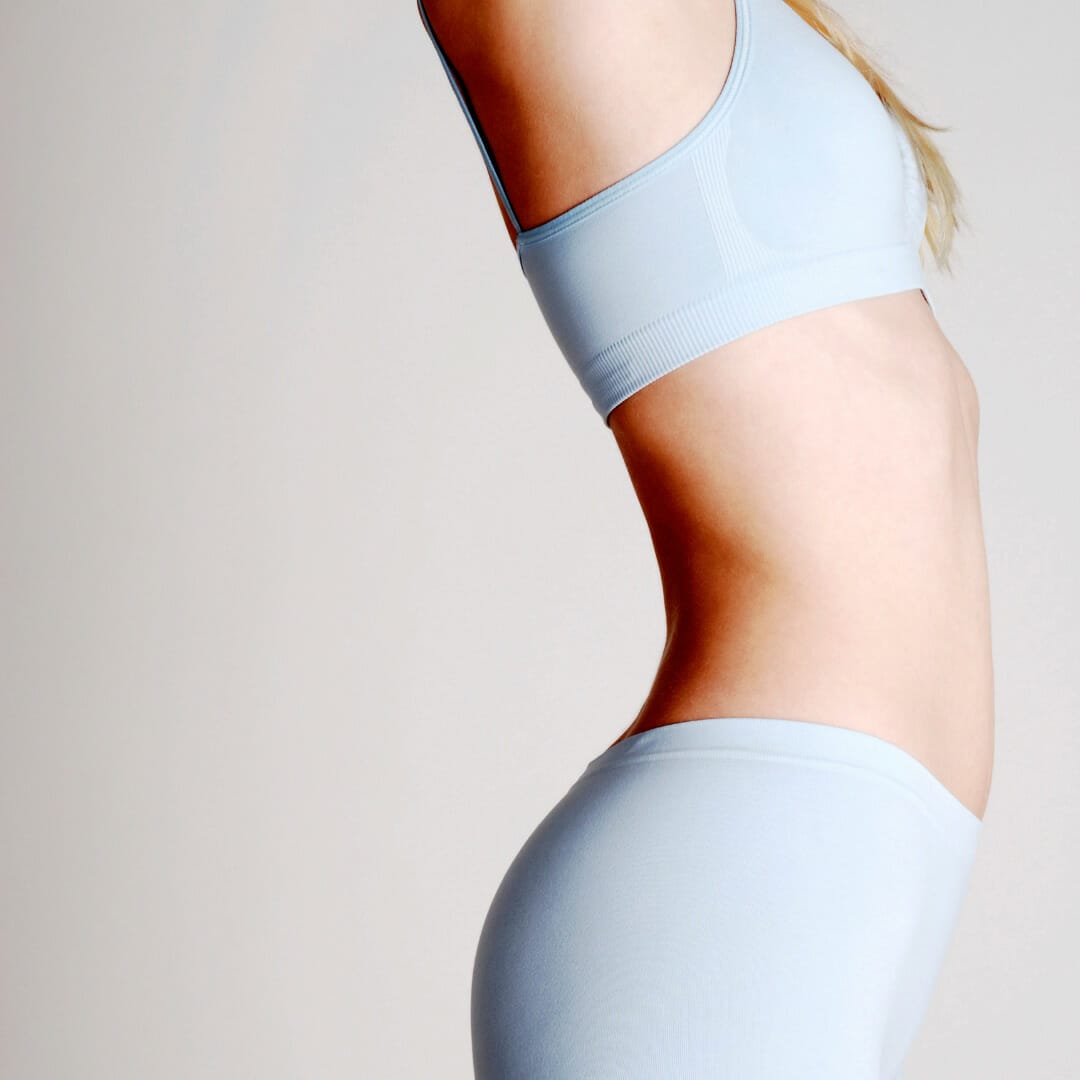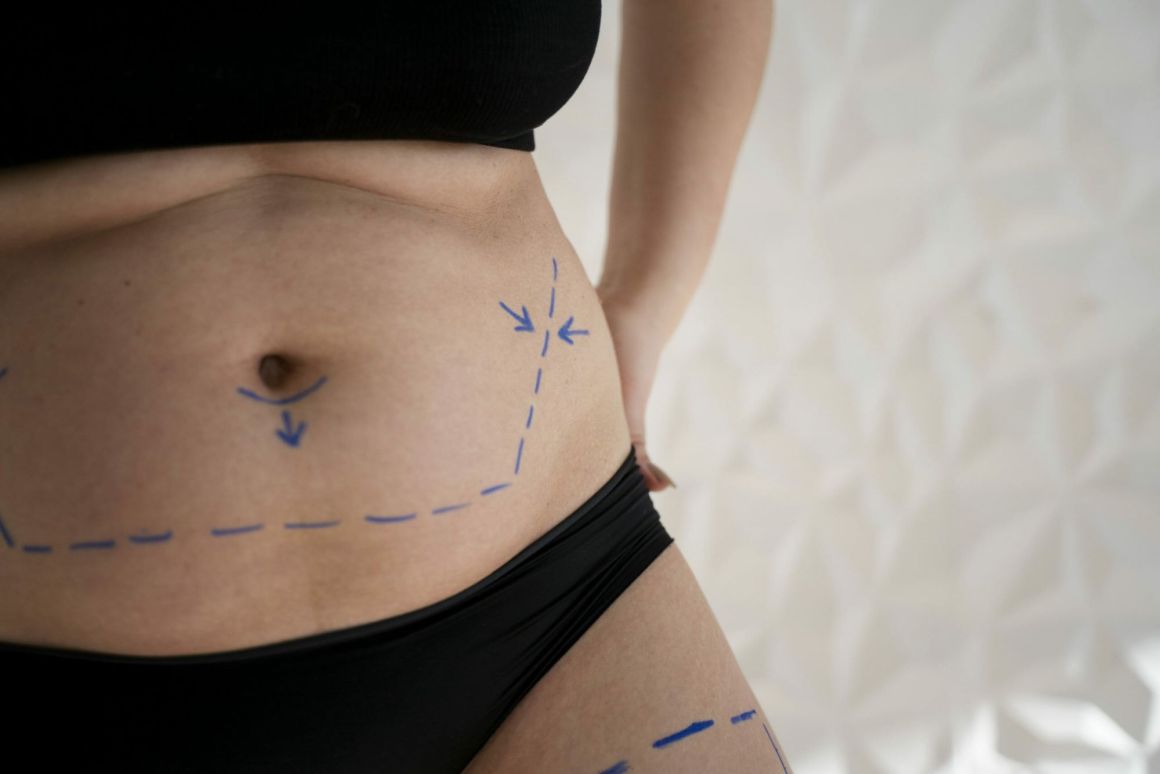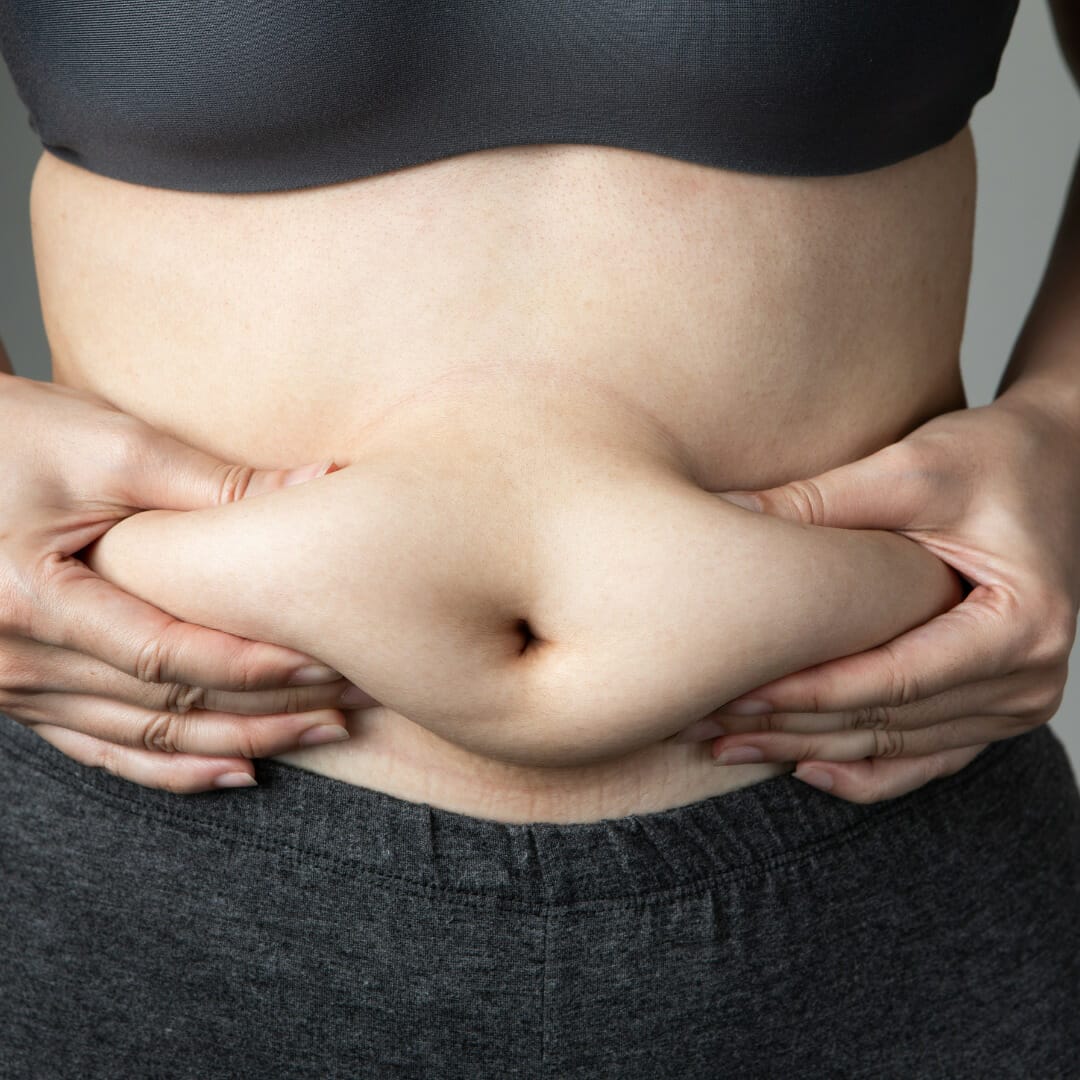A qui s’adresse la liposuccion ?
La liposuccion est particulièrement indiquée pour les zones du corps qu’il est difficile de redessiner par le biais de l’alimentation et du sport, notamment le ventre. Cette intervention de chirurgie esthétique se destine aux femmes comme aux hommes qui souhaitent améliorer leur silhouette en enlevant définitivement des surcharges graisseuses localisées. Contrairement aux nombreuses idées reçues, la liposuccion ne permet pas de maigrir mais seulement d’enlever les amas graisseux localisées qui résistent aux régimes, avec une peau suffisamment ferme. Elle n’est pas une alternative au traitement en cas d’embonpoint généralisé ou d’obésité.

Dans quel cas peut-on avoir recours à la liposuccion ?
- Chez l’homme généralement à partir de la quarantaine et plus jeune lors qu’il existe des problèmes telle la gynécomastie.
- Chez la femme à partir de quarante ans mais aussi, à des périodes bien précises de la vie hormonale. Les jeunes femmes qui souhaitent perdre leur ventre arrondi d’adolescente ou qui souhaitent faire disparaitre une « culotte de cheval ». Les femmes ayant subi une nouvelle distribution de graisse sur les hanches et le ventre après leur accouchement.
- Enfin les femmes ménopausées, à cause de la chute des hormones et du stockage de la graisse sur le ventre.
En pratique, l’intervention de lipoaspiration peut être réalisée par le chirurgien sur différentes zones du corps : le ventre bien sûr, mais aussi les hanches, les cuisses, les genoux, les mollets, les chevilles, les bras, le dos. Ainsi qu’au niveau du visage et du cou (double menton et ovale du visage).
Cette intervention, combinée avec un transfert de graisse autologue ou lipostructure, peut également aider à obtenir un fessier plus rebondi ou une poitrine plus volumineuse en créant des proportions harmonieuses sans avoir besoin d’implants. Ce qui retend naturellement la peau.
L'opération de liposuccion
La liposuccion est une opération de chirurgie et doit donc être réalisée avec un docteur qualifié en chirurgie plastique, reconstructrice et esthétique. La lipoaspiration est une opération le plus souvent réalisée en ambulatoire et sous anesthésie générale, ce qui participe aussi au confort des patients.
Il existe de nombreuses techniques de liposuccion.
A la Clinique Du Lac, outre les techniques traditionnelles, nous proposons des techniques de liposuccion plus modernes, en utilisant par exemple la méthode Nutational Infrasonic Liposculpture ® (NIL) pour sculpter la graisse et le corps, approuvée par la FDA ainsi que le marquage CE ; grâce au Lipomatic ®.
La durée de l’intervention dépend du nombre de localisations à traiter et de l’importance de l’opération. Il faut compter en moyenne 45 minutes pour une intervention sur une zone et jusqu’à 2h30 sur plusieurs zones


Quelle quantité de graisse peut être enlevée lors de la liposuccion ?
- Chez l’homme généralement à partir de la quarantaine et plus jeune lors qu’il existe des problèmes telle la gynécomastie.
- Chez la femme à partir de quarante ans mais aussi, à des périodes bien précises de la vie hormonale.
- Les jeunes femmes qui souhaitent perdre leur ventre arrondi d’adolescente ou qui souhaitent faire disparaitre une « culotte de cheval ». Les femmes ayant subi une nouvelle distribution de graisse sur les hanches et le ventre après leur accouchement.
- Enfin les femmes ménopausées, à cause de la chute des hormones et du stockage de la graisse sur le ventre.
En pratique, l’intervention de lipoaspiration peut être réalisée par le chirurgien sur différentes zones du corps : le ventre bien sûr, mais aussi les hanches, les cuisses, les genoux, les mollets, les chevilles, les bras, le dos. Ainsi qu’au niveau du visage et du cou (double menton et ovale du visage).
Cette intervention, combinée avec un transfert de graisse autologue ou lipostructure, peut également aider à obtenir un fessier plus rebondi ou une poitrine plus volumineuse en créant des proportions harmonieuses sans avoir besoin d’implants. Ce qui retend naturellement la peau.
Le plus souvent vous pourrez retourner au travail après une journée de repos à domicile. Une semaine après, vous pourrez reprendre des activités peu intenses. Pour les séances de sport, un délai de 2 semaines est préconisé.
Le résultat de cette chirurgie est durable tant que le poids reste stable après l’opération. Le nombre de cellules graisseuses au niveau des zones traitées est réduit de façon définitive. Toute réapparition de graisse dans ces zones est donc minime, mais dépend du mode de vie, de la stabilité du poids et de l’élasticité de la peau.
Il est tout à fait possible au cours d’une liposuccion que le chirurgien récupère la graisse retirée notamment sur le ventre grâce à un circuit fermé et d’utiliser ce « matériau » naturel afin de remodeler le visage, les fesses ou les seins. C’est ce qu’on appelle la greffe autologue de graisse ou lipostructure (lipo-filling en anglais) plus connue sous le nom de lipomodelage. Il est également judicieux dans certains cas, de combiner lors de l’intervention de liposuccion, un procédé de Radio Fréquence Directionnelle, qui grâce à la coagulation des graisses à l’aide de la chaleur induite entraîne une lipolyse assistée et un remodelage tridimensionnel des tissus et donc un meilleur résultat sur la tension de la peau, en plus de la perte de volume. Cette technologie est le BODYTITE ® développée par INMODE ® .
Préalablement à toute liposuccion, les consultations réalisées avec un chirurgien spécialisé en chirurgie plastique, reconstructrice et esthétique permettront de définir les volumes et zones à traiter, afin de répondre au mieux à vos besoins et vos attentes en termes de résultat.
L’intervention de liposuccion est réalisée au sein de la clinique du lac à partir de 2500 €.

